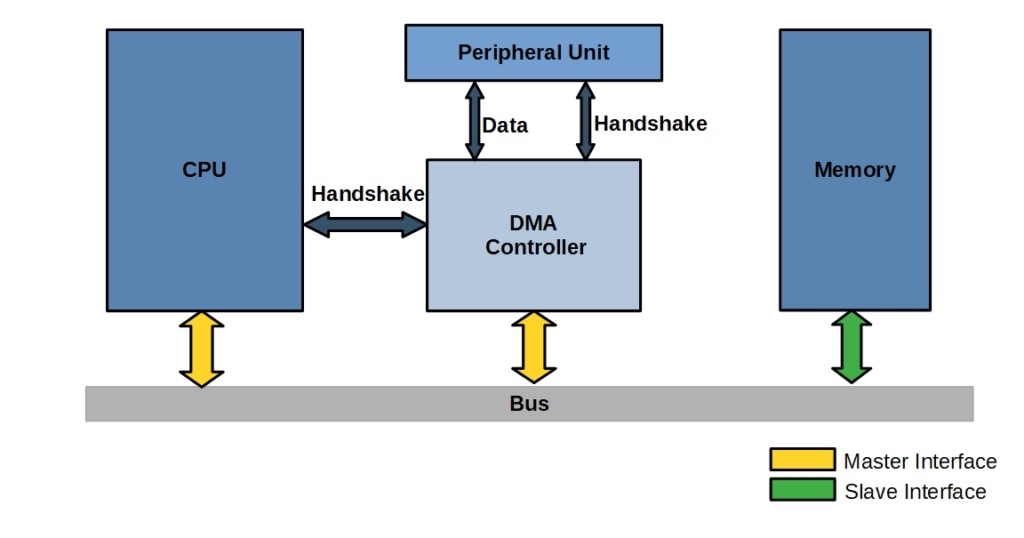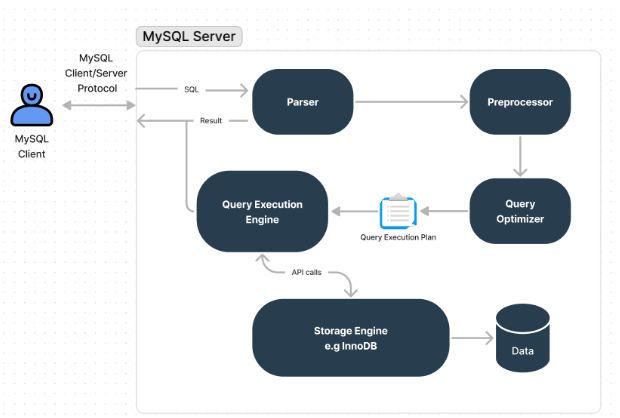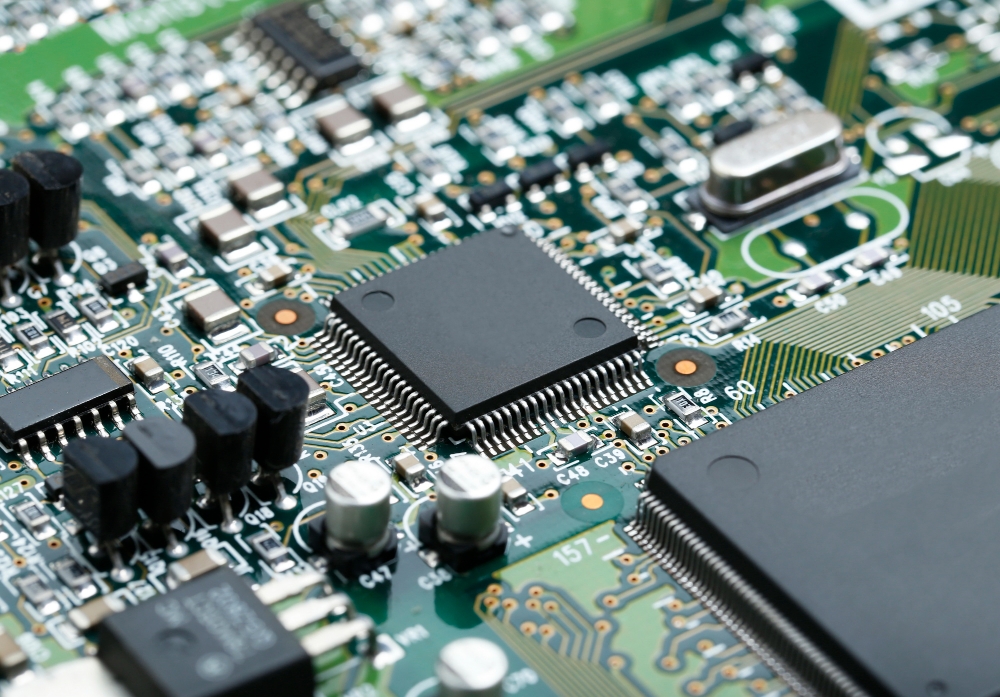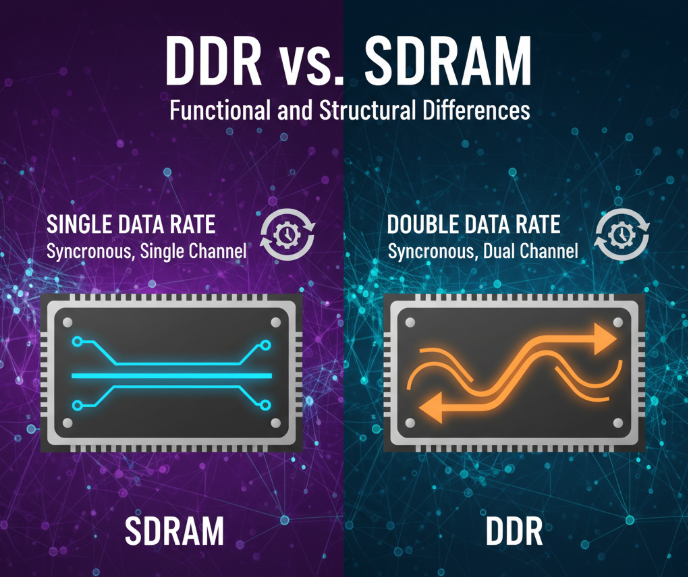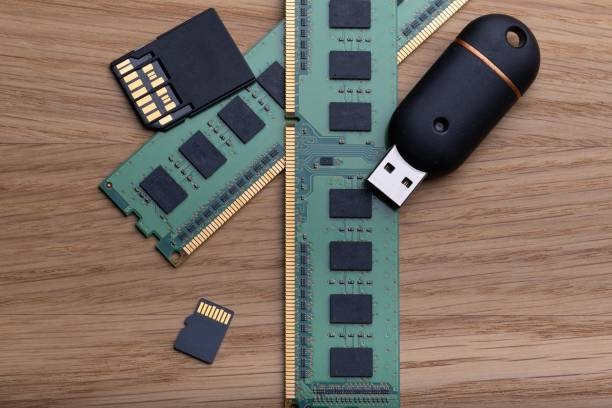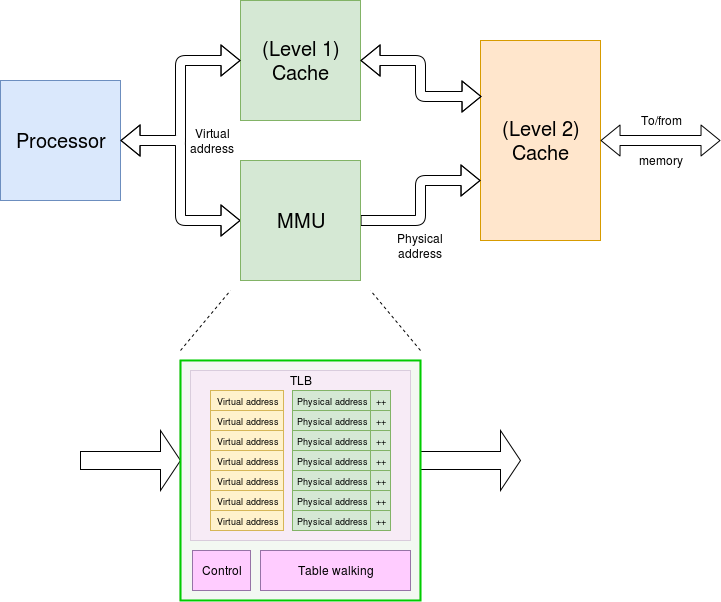Due to declining DRAM prices, major manufacturers Samsung, SK Hynix, and Micron plan to halt DDR4 memory chip production in 2025, redirecting capacity to high-value products like DDR5 and HBM. This shift is poised to reshape the global memory market, with potential supply constraints and opportunities for Chinese and Taiwanese manufacturers.
Falling DDR4 Prices Drive Production Cuts
In January 2025, the wholesale price for 8Gb DDR4 chips dropped to approximately $1.75, and 4Gb chips fell to $1.3, reflecting a 6% month-on-month decline and marking the fifth consecutive month of price reductions. The 8Gb price drop was the steepest since March 2023, while the 4Gb decline was the largest since April 2023. Market research from Omdia forecasts a 10% price decline for DRAM chips, including DDR4 and DDR5, in the first half of 2025, followed by an additional 5% drop in the second half. Weak consumer demand post-Chinese New Year has further pressured DDR4 spot prices, though DDR5 has seen temporary price spikes due to specific buyer needs.
Shift to DDR5 and HBM
Samsung and SK Hynix previously announced plans to phase out DDR3 production by late 2024 to focus on HBM and DDR5, with SK Hynix aiming to reduce DDR4¡¯s share of its DRAM output from 30% to 20% by the end of 2024. The transition to DDR5, which began in the server market and expanded to consumer devices in 2023¨C2024, has accelerated with Intel and AMD processors now exclusively supporting DDR5. The rise of AI model training and inference applications further drives demand for high-speed, high-performance DDR5 memory. Yole Developpement projects that DDR4¡¯s market share will shrink to just 5% by 2026 as DDR5 becomes the dominant standard.
Market Opportunities for Chinese and Taiwanese Manufacturers
As Samsung, SK Hynix, and Micron exit the DDR4 market, orders are likely to shift to Chinese and Taiwanese DRAM manufacturers continuing DDR3 and DDR4 production. Nanya Technology anticipates the DRAM market will bottom out in the first half of 2025, with recovery starting in the second quarter, driven by regional economic stimulus. Taiwanese supplier Winbond Electronics reported a 38% revenue increase in its customized memory business in 2024, fueled by strong 4Gb DDR4 shipments, with bit shipments rising by over 70%. Winbond¡¯s 20nm process accounted for a growing share of revenue, and the company plans to launch 8Gb DDR4 products in mid-2025 to expand its portfolio.
Supply and Demand Dynamics
DRAM supply is expected to increase in 2025, with new capacity prioritizing HBM and DDR5, while conventional DRAM (DDR4, LPDDR4, DDR3) inventories continue to deplete. On the demand side, AI servers and general servers are driving growth, with smartphone inventories normalizing and PC demand rising due to enterprise upgrades and AI PCs. Consumer demand is projected to improve from the second quarter of 2025, supported by economic stimulus. Winbond expects market oversupply to ease by the second half of 2025, with demand growing in machine-to-machine, TV, networking, automotive, and edge AI applications, including AI PCs, servers, microcontrollers, and surveillance.
Conclusion
The planned DDR4 production halt by Samsung, SK Hynix, and Micron in 2025 marks a pivotal shift toward DDR5 and HBM, driven by declining DDR4 prices and rising demand for advanced memory. While this transition may lead to DDR4 supply shortages, it opens opportunities for Chinese and Taiwanese manufacturers like Nanya and Winbond to capture market share. As DDR5 adoption accelerates, particularly in AI and server applications, the memory market is set for significant transformation, with supply-demand balance expected to improve by mid-2025.
 ALLPCB
ALLPCB


